Archives
- 2025-12
- 2025-11
- 2025-10
- 2025-09
- 2025-03
- 2025-02
- 2025-01
- 2024-12
- 2024-11
- 2024-10
- 2024-09
- 2024-08
- 2024-07
- 2024-06
- 2024-05
- 2024-04
- 2024-03
- 2024-02
- 2024-01
- 2023-12
- 2023-11
- 2023-10
- 2023-09
- 2023-08
- 2023-06
- 2023-05
- 2023-04
- 2023-03
- 2023-02
- 2023-01
- 2022-12
- 2022-11
- 2022-10
- 2022-09
- 2022-08
- 2022-07
- 2022-06
- 2022-05
- 2022-04
- 2022-03
- 2022-02
- 2022-01
- 2021-12
- 2021-11
- 2021-10
- 2021-09
- 2021-08
- 2021-07
- 2021-06
- 2021-05
- 2021-04
- 2021-03
- 2021-02
- 2021-01
- 2020-12
- 2020-11
- 2020-10
- 2020-09
- 2020-08
- 2020-07
- 2020-06
- 2020-05
- 2020-04
- 2020-03
- 2020-02
- 2020-01
- 2019-12
- 2019-11
- 2019-10
- 2019-09
- 2019-08
- 2019-07
- 2019-06
- 2019-05
- 2019-04
- 2018-11
- 2018-10
- 2018-07
-
br Results and Discussion br Conclusions Understanding the c
2019-08-05
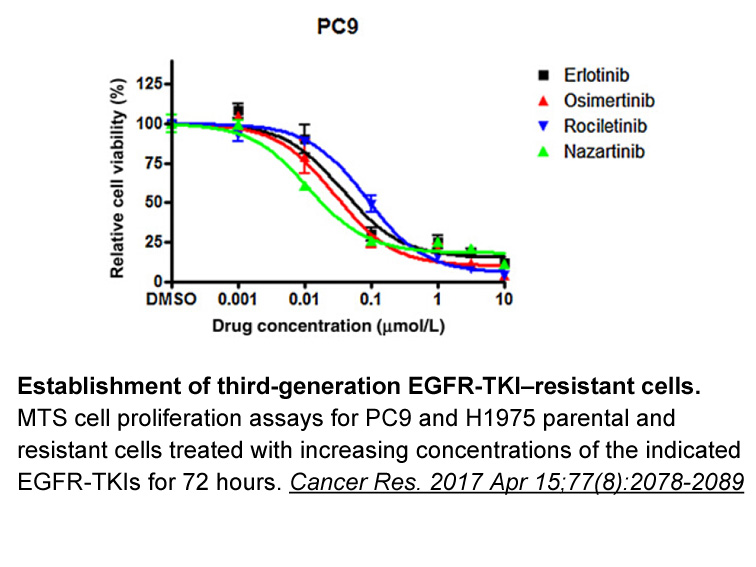
Results and Discussion Conclusions Understanding the connections between function and fitness is a primary goal of many biological disciplines including systems biology and molecular evolution. While sound approaches have been developed to understand the connections between function and fitnes
-
br Conclusion br Conflict of interest br Introduction The
2019-08-05

Conclusion Conflict of interest Introduction The sexual exploitation and internal trafficking of British children within the UK has received growing public and policy attention in recent years. This has largely been in response to a number of high profile police investigations into cases in
-
Structural characterization of A S Given the low
2019-08-05
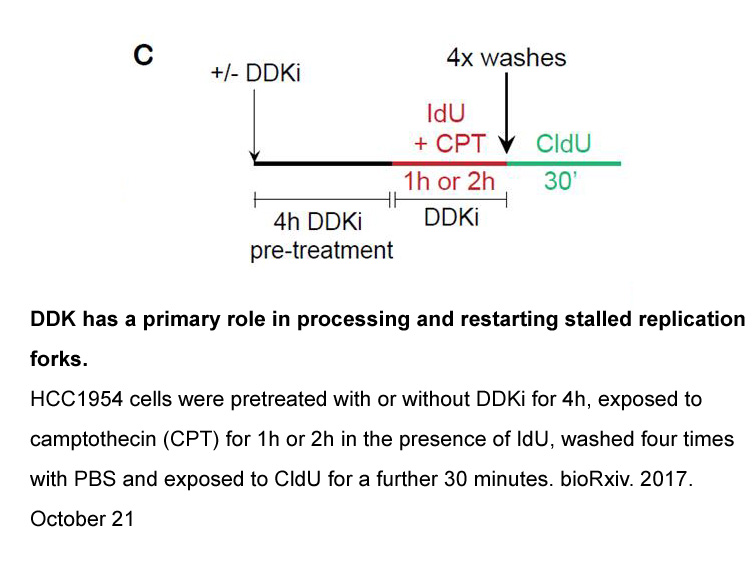
Structural characterization of A1S_0222. Given the low specific activity of our protein preparations and the considerable problems to concentrate the protein to levels above 2.5 mg/mL, we employed SAXS to structurally characterize and generate a low-resolution model of A1S_0222 in solution. Fig. 5 a
-
The present study was set to
2019-08-05
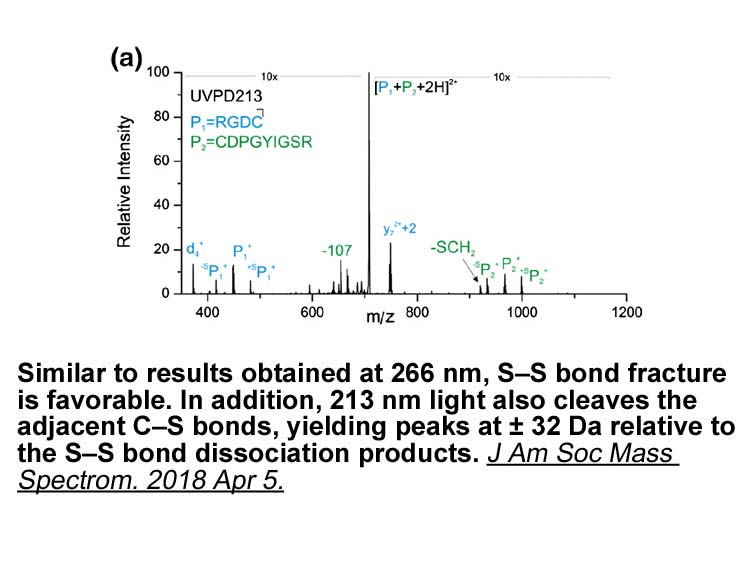
The present study was set to characterise the DNMT gene orthologs and describe the expression patterns of these genes during seed development in natural diploid apomict B. divaricarpa and diploid sexual B. stricta. Material and methods Results The B. stricta genome v1.2, was sequenced and ass
-
The second DDR binding partner identified here Shp
2019-08-05

The second DDR1-binding partner identified here, Shp-2, which was not found in the two-hybrid screen but using a bioinformatics approach, is also a mediator of cell migration. Since Shp-2 has two SH2 domains, as well as phosphotyrosine phosphatase enzymatic activity and two C-terminal tyrosines targ
-
The field of synthetic cytokine
2019-08-05

The field of synthetic cytokine biology continues to grow through molecular, physiological and pathophysiological insights, as well as via new methodical advances. The approval of chimeric antigen receptor (CAR) T cell immunotherapy by the US Food and Drug administration (FDA) in August 2017 for rel
-
AQP protein expression was determined by Western
2019-08-05

AQP4 protein expression was determined by Western blot analysis. Briefly, protein samples (50μg) from brains or astrocytes were separated by 12% SDS–polyacrylamide gel electrophoresis and transferred to nitrocellulose membranes. The membranes were reacted with a rabbit polyclonal antibody against AQ
-
Acidic substituents showed moderate biochemical activity
2019-08-05
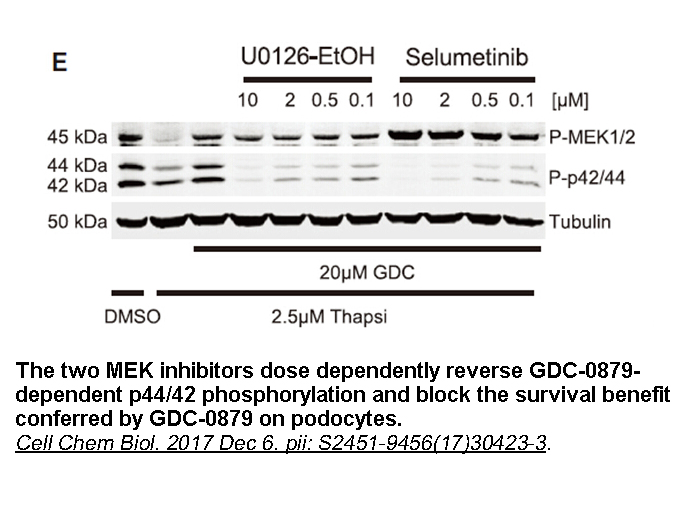
Acidic substituents () showed moderate biochemical activity, but these compounds showed reduced cellular potency. Additional compounds bearing a carboxylic angiotensin 2 receptor blocker were also prepared and tested (data not shown). All of acidic compounds showed low cellular potency regardless o
-
The associations between genetic factors and socio
2019-08-05
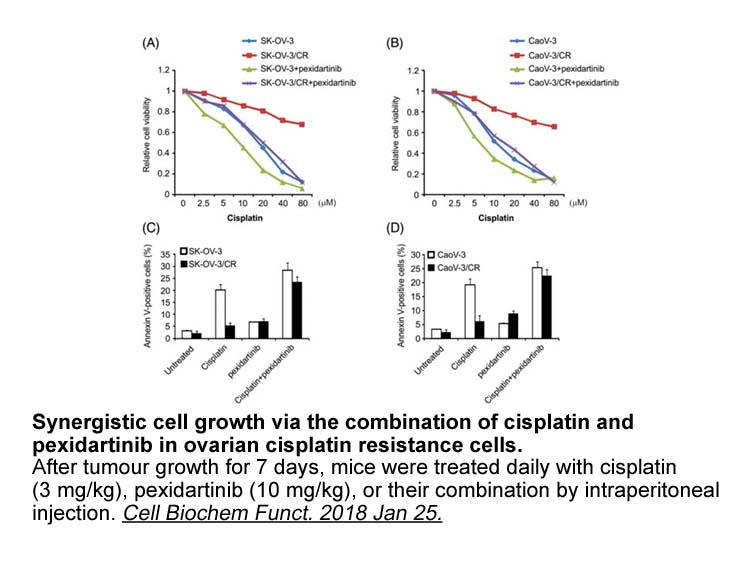
The associations between genetic factors and socio-emotional functioning are complex and almost certainly not direct. They are mediated through a variety of developmental processes including individual differences in personality traits (Davis and Loxton, 2013, Saphire-Bernstein et al., 2011). For th
-
There have been attempts to stimulate the dopaminergic syste
2019-08-05

There have been attempts to stimulate the dopaminergic system to influence cognition in women around menopause who have subjective complaints about their cognition by Epperson et al. (Epperson et al., 2011, Epperson et al., 2015). In perimenopausal and postmenopausal women, Epperson et al. found tha
-
As mentioned above disruption of Tgif in mice is associated
2019-08-05

As mentioned above, disruption of Tgif1 in mice is associated with dyslipidemia, and here we investigate the effects of overexpression of TGIF1 on expression of the Npc1l1 gene and markers of intestinal cholesterol absorption. Materials and methods Results Discussion In this study, we soug
-
There may be an interplay of
2019-08-02
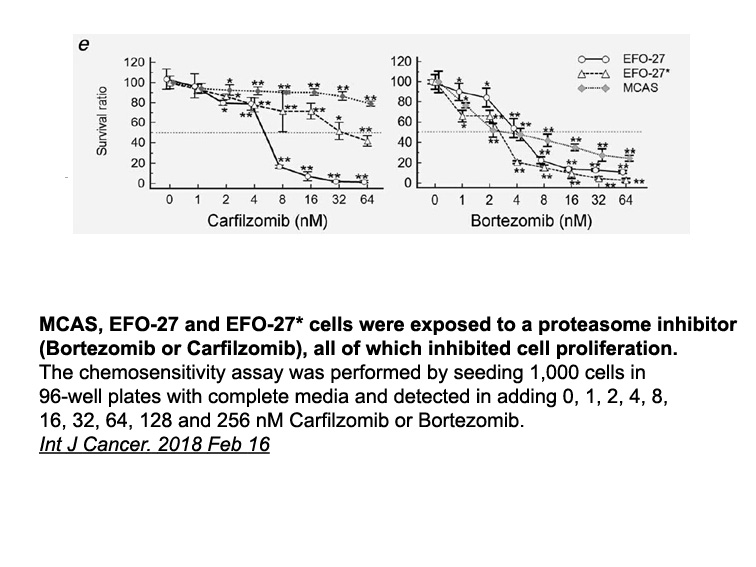
There may be an interplay of EP2, EP3, EP4 alone, or in combination, with EP1 for the onset of TCDD-induced neonatal hydronephrosis. EP2 and EP4 have been reported to increase AQP2 phosphorylation and membrane trafficking (Li et al., 2009; Olesen et al., 2011). The EP2 and EP4 mRNA concentrations we
-
Host cell invasion by tachyzoites relies on the secretion of
2019-08-02
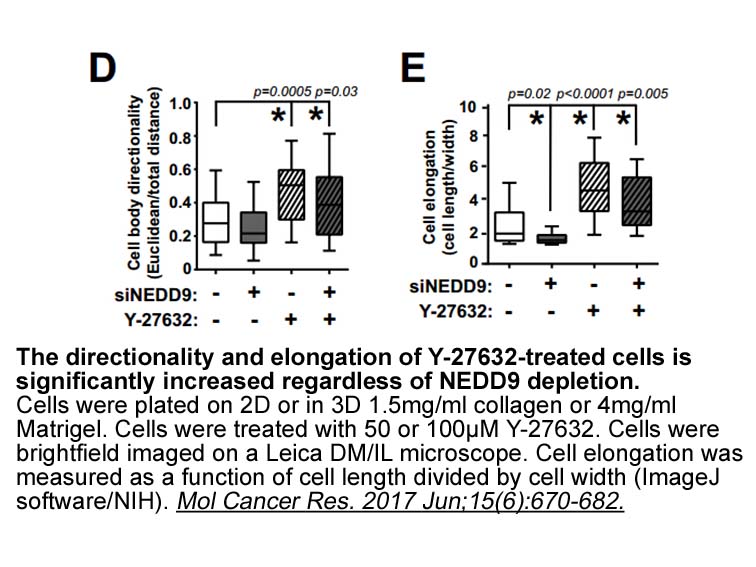
Host cell invasion by tachyzoites relies on the secretion of numerous secretory proteins and plays a crucial role in maintaining infection [6]. ESA released by tachyzoites are highly immunogenic and induce either antibody-dependent or cell-mediated protective immunity [11], [44], [45]. To investigat
-
br Results br Discussion br Materials
2019-08-02

Results Discussion Materials and Methods Acknowledgment This work was funded by the Collaborative Research Centre (SFB) 807 of the German Research Foundation (DFG) and supported by the state of Hessen (Center for Biomolecular Magnetic Resonance) and the German Research Foundation (DO545/
-
We had earlier reported that collagen fibers
2019-08-02
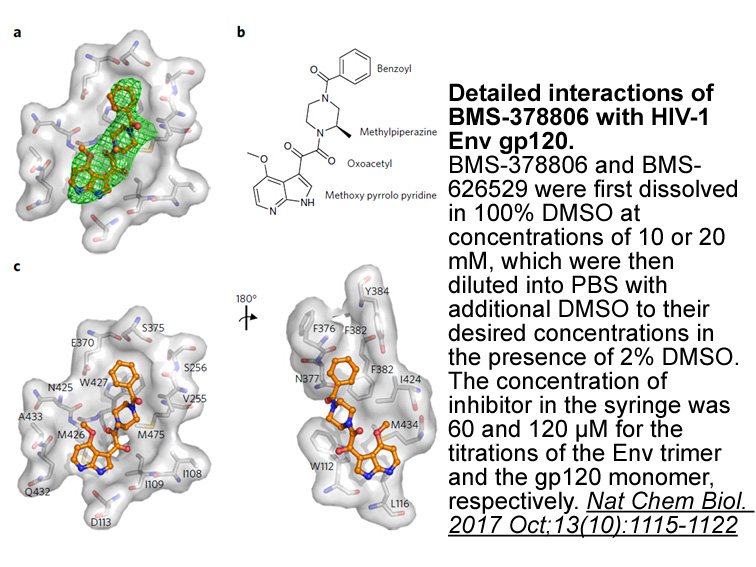
We had earlier reported that collagen fibers with intact native banded structure were occasionally observed in the kinase-deficient, membrane-anchored DDR2 ECD (DDR2/-KD) samples; however, in our DDR1/ECD and DDR2/ECD samples, observation of native banded structure of collagen was far more infrequen
15832 records 973/1056 page Previous Next First page 上5页 971972973974975 下5页 Last page